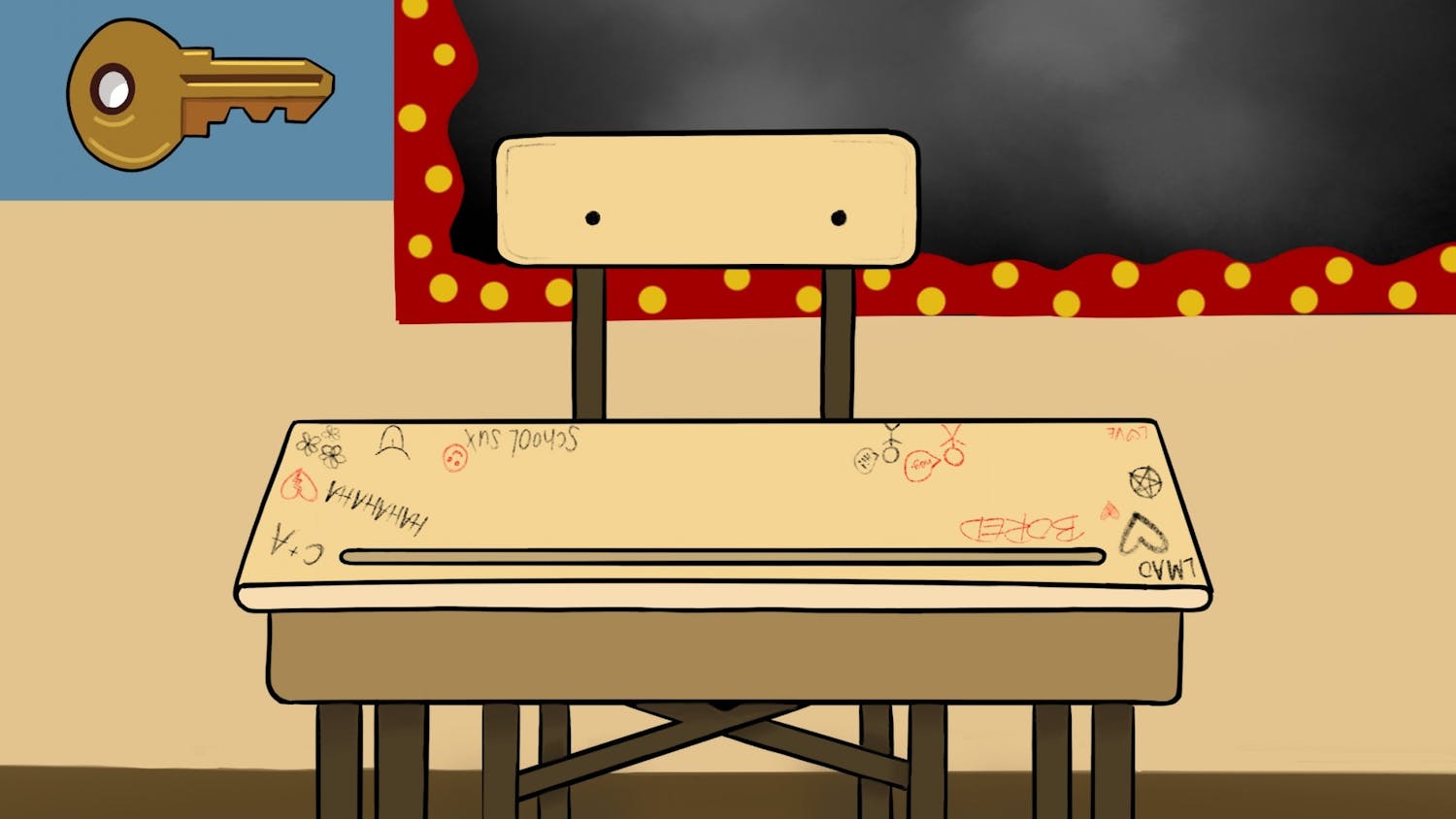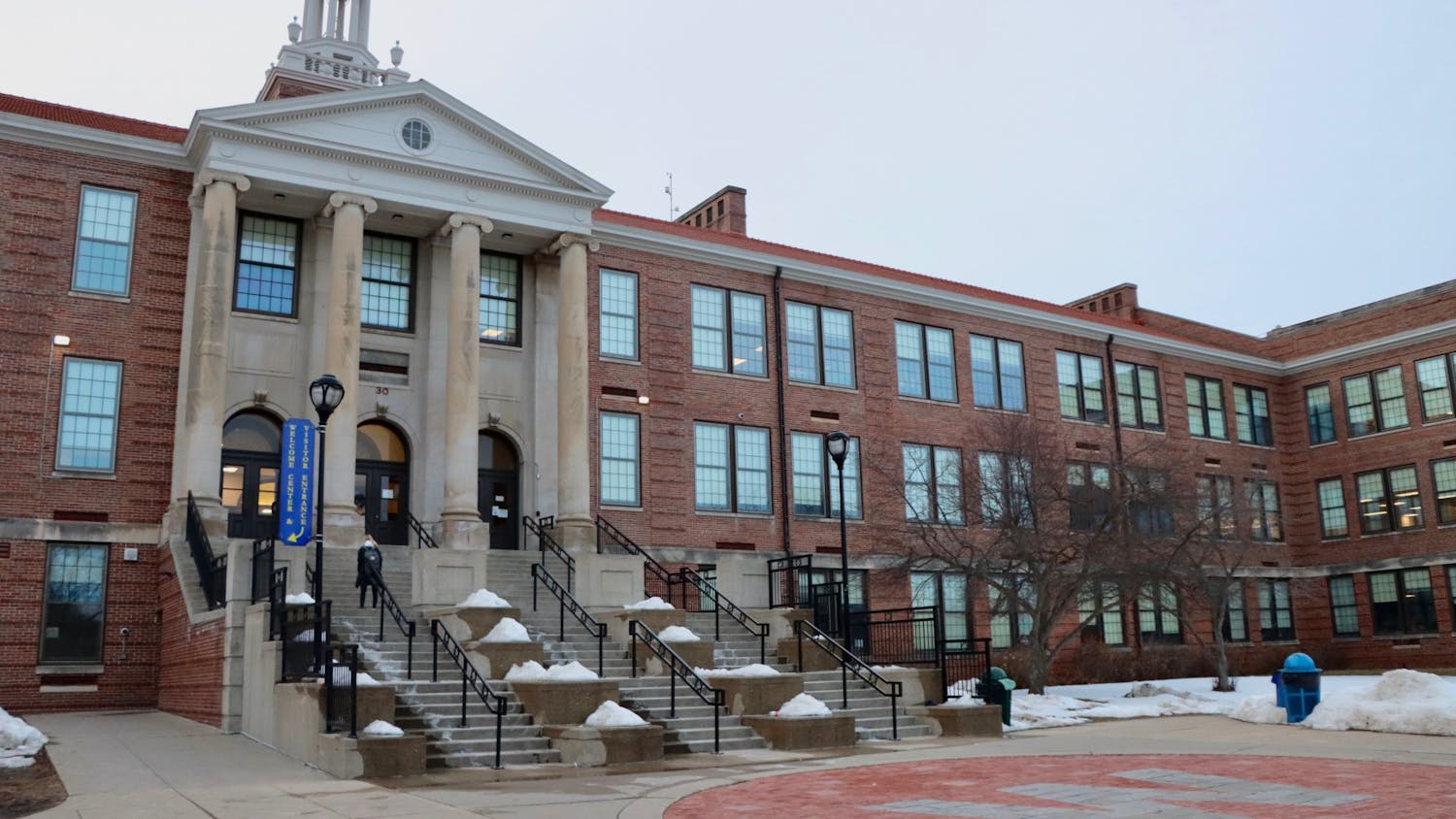One in five students who attend public school experience some type of mental health concern — but only about 20 percent of them receive the help and support they need, leaving millions of kids untreated nationwide.
About 10 million students need professional assistance for common mental health conditions, such as depression, anxiety, attention deficit-hyperactivity disorder and bipolar disorder, the most prevalent diagnoses among adolescents and children, according to neaToday. And a 2017 Youth Risk Behavior Survey found 40 percent of Wisconsin students felt anxious, tense or scared.
With increases in mental health issues among children and young adults in recent years — half of mental health diagnoses occur before age 14, and 75 percent before individuals turn 24 —, the role of mental health professionals in public schools assumes greater importance.
In the Madison Metropolitan School District, students continue to show “increases in anxiety, depression and overall stress levels,” according to MMSD Lead Psychologist Wendy Johnson.
While fleshing out district mental health staff remains a primary goal, Johnson’s team has sought to combat these trends with techniques — like Social-Emotional Learning and mindfulness training — to teach individuals how to understand and manage their emotions.
While psychologists and social workers develop methods to assist their students, they face another problem: being outnumbered by them. The ratio of students to social workers in Wisconsin schools rose from 1,050 to one in 2012 to over 1,500 to one in 2018.
Meanwhile, the national recommended ratio for students to social workers is 400 to one.
Despite increasing rates of disorders and lack of funding and personnel, schools in Wisconsin have stepped up to lead the conversation around mental illness and work towards improved mental health outcomes for their students.
Growing mental health dialogue
Before entering academia, Katie Eklund, a School Psychology professor within UW-Madison’s School of Education, worked as a mental health professional for 10 years in public education.
As she reflected on her experience, Eklund said individual schools in recent years have come to take a more proactive stance concerning the mental wellbeing of their students.
“I think schools are doing a great job of paying more attention to [mental health] than they ever have before — which is exciting,” Eklund said.
Eklund also serves as co-director of the Madison Education Partnership, a research-practice partnership where the university works in tandem with Madison public schools to solve targeted issues in their students' outcomes and experiences.
While recent incidents, such as when students at two Wisconsin high schools brought firearms to class in the same week, illustrate the extremes of how mental health impacts students, conversation around mental illness, as well as measures to provide students access to professional health services, continue to grow.
“The good news is that if they’re going to receive support, that most often is found in the school system,” Eklund said.
And while rates of disturbances continue to rise, there are also more conversations about mental illness.
“We’re doing more in schools around mental health literacy, mental health first aid as far as training teachers what to look for that would warrant support,” she added. “I think all of those things are contributing in a positive way.”
Last summer the DPI awarded over $6.5 million in grants in 2019 to public schools to fund schools’ mental health services — double the amount allocated in the previous budget.
But while more money is striving to make its way into health services, the figures for school psychologists resemble those of social workers, with ratios over 1,300 to one rather than a recommended 500 to one, according to Eklund.
In some schools, mental health staff are stretched thin under huge caseloads, inhibiting them from providing struggling students proper care. In others, roles like social worker and school psychologist simply go unfilled.
Causes of deficit
One cause of this deficit is lack of candidates. Despite pulling graduates from eight accredited school psychology graduate programs across Wisconsin, 61 openings for school psychologists remained across the state — even as all state graduates found a job.
In Northern Wisconsin, some rural schools struggle to hire needed social workers because many hold degrees from Minnesota schools, making them ineligible to practice in Wisconsin.
Of the 2,200 public schools in Wisconsin, only 619 licensed social workers are employed — most work in Dane and Milwaukee counties, Wisconsin Public Radio reported.
These pressures lead school mental health advocates and policymakers to debate the merits of loosening licensing requirements and potentially lowering quality of care or, alternatively, maintaining these standards and dealing with worker shortages.
In an attempt to remove licensing barriers, officials from the Superior School District drafted a resolution that would undo such regulations. It was presented to the Wisconsin Association of School Boards during the 2020 state education convention.
With the high demand for mental health workers, Eklund hopes the undergraduate curriculum through the UW-Madison School Psychology program — such as classes on school psychology , as well as topics like crisis response — will pique interest in undergraduates to pursue such careers early on.
Another obstacle Wisconsin schools face is a lack of resources to staff schools with the appropriate services. Underfunded schools in communities experiencing high rates of poverty and crime see increased rates of mental health issues and find themselves poorly-equipped to support the needs of their students.
“Public schools are certainly underfunded and often times are forced to make budget cuts…and that certainly can be a barrier to hiring additional staff,” Eklund said.
To address the growing crisis associated with adolescent mental health, the Wisconsin Department of Public Instruction asked for $60 million in 2018, dedicating $44 million in aid for social workers and school psychologists. Another $5 million would be used to fund mental health programs at schools.
In early February Gov. Tony Evers signed a bill to create peer-to-peer suicide prevention programs in Wisconsin schools to counter Wisconsin’s teenage suicide rate — which has been higher than the national average for a decade.
"We know that students all over our state are struggling with their mental health. Peer-to-peer training ensures that the people they are most likely to turn to, their friends and classmates, have the tools they need to recognize warning signs and help their friends," Evers said at the bill signing. "This is about putting our kids' health and safety first, and I was proud to sign this bipartisan bill into law.”






